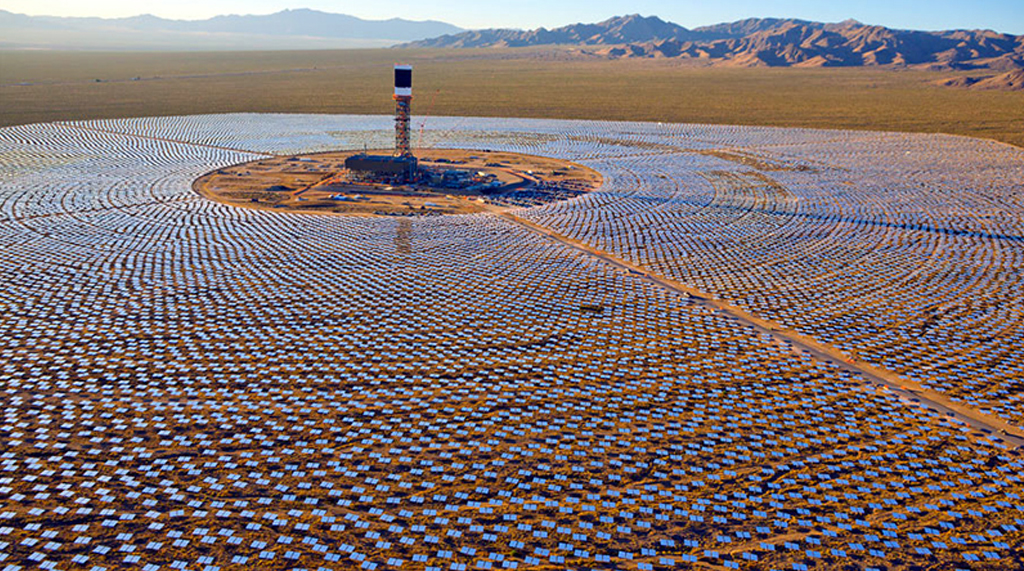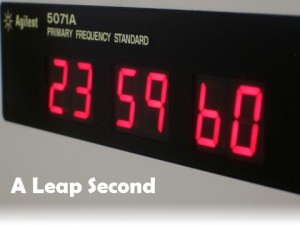Travelling Through Morocco
20 years ago my father retired from work, and to celebrate he gave me and my brothers £1000 each. I went to university and sat next to my buddy Sam, and asked her if she fancied going to spend the money on a holiday. I skateboarded to my favourite travel agents and booked flights to Morocco.
6 weeks, a long road trip. We divided the remaining money into daily allowance, $20 US per day. Not really enough. Well enough to eat, or travel, but not eat and travel. So on days that we travelled we only ate once, and on other days we ate twice. Not a lot though.
Anyway we wanted to go and see the sahara. We went from Casablanca via Radat and Meknes, down through Azru and all the way to Merzuga. It’s quite a thing to see. Then to Ouarzazate.
Now the Marocco of 20 years ago is not the country of today. And we were poor. We did not have enough money to take the national bus lines, we took the local buses, no windows, animals on the roof tied into canvas bags, goats inside. Today Ouarzazate is a world leader in solar energy.
Desert Solar Energy
Morocco wants to become a world leader in solar energy production. The development that is underway and newly online will eventually provide 20% of the country’s energy needs. It will be the largest concentrated solar power (CSP) plant in the world. The mirror technology it uses is different from the photovoltaic panels that we see on roofs the world over, but it will have the advantage of being able to continue producing power even after the sun goes down.
The system uses mirrors to heat an oil, known as heat transfer solution (HTF). Each parabolic mirror is 12 metres high and focussed on a steel pipeline carrying HTF that is warmed to 393C. It then goes into a heat transfer plant, is mixed with water that turns into steam and drives turbines.
In order to operate after dark excess heat is used to turn sand molten, the heat being released overnight allowing the plant to function for a few hours longer, and the plan is that in a couple of years time it will be able to operate 24 hours a day.
Distribution
If Morocco becomes self sufficient through solar wind and hydro, they will look towards exporting. There have been several projects involving laying power lines from North Africa into europe (Libia to italy comes to mind) but as far as I know nothing is currently operational.
For more details check out this article in the Guardian.



